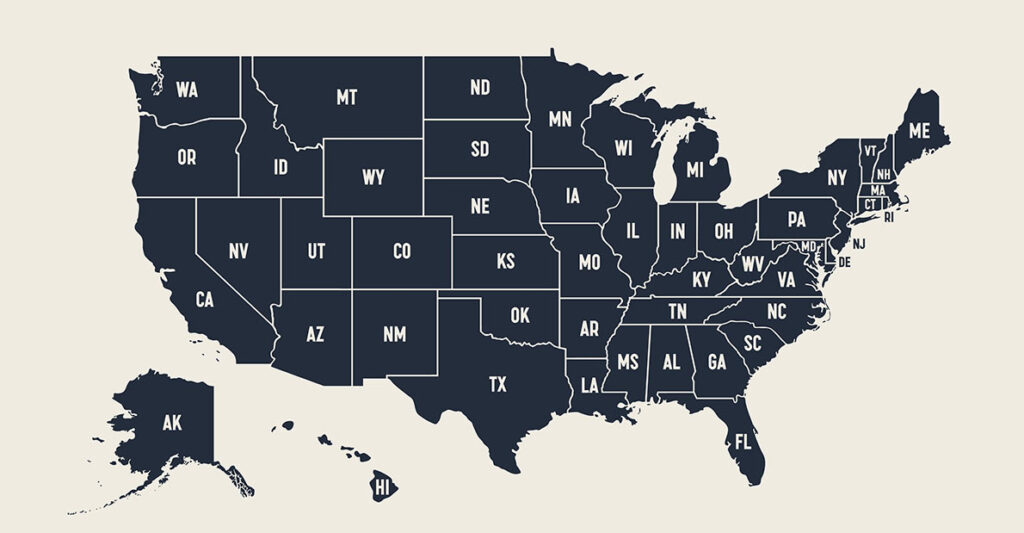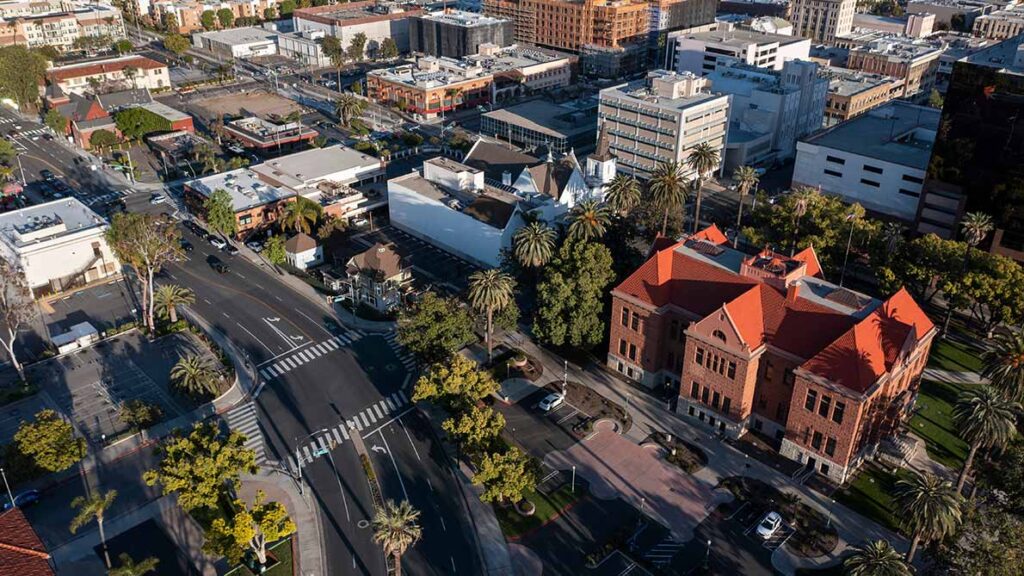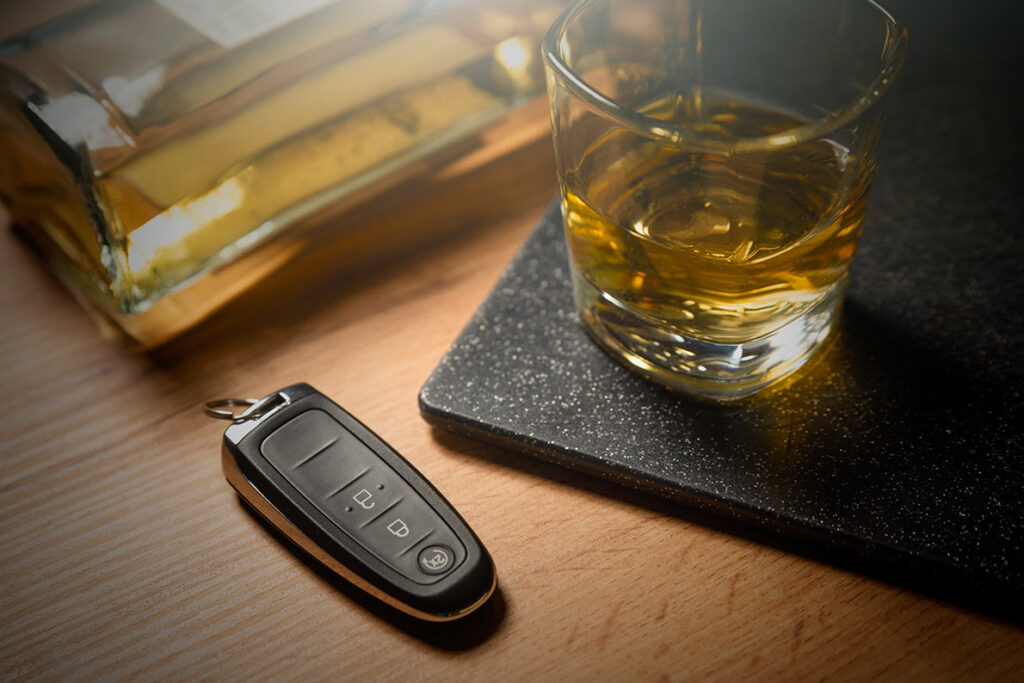
Summary:You can bail someone out of jail in another state without being there in person. Work with a local bail bond agent who offers transfer bonds or contact a trusted out-of-state provider directly. Make sure the agency is licensed and reputable to ensure a smooth release process.
Continue reading







